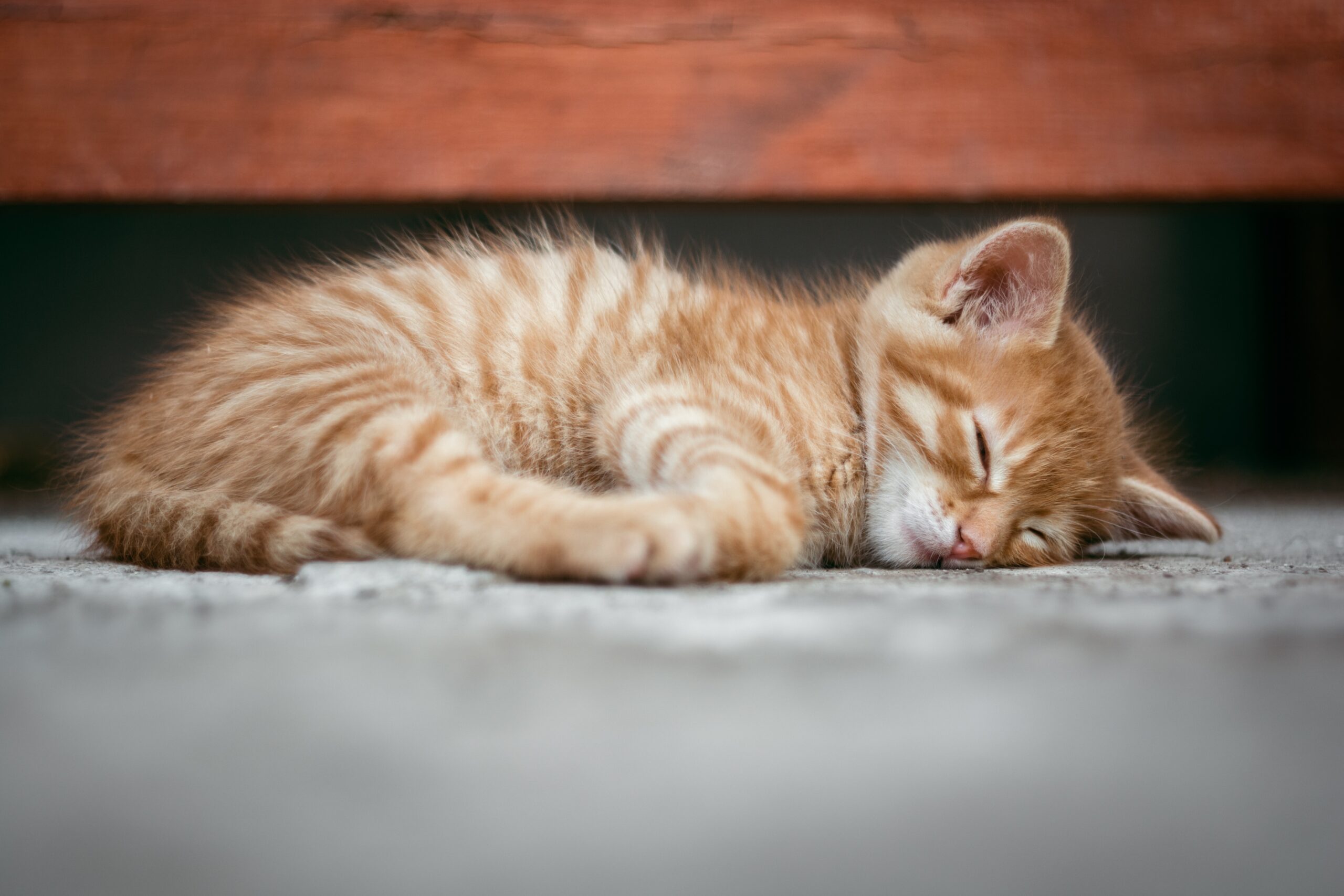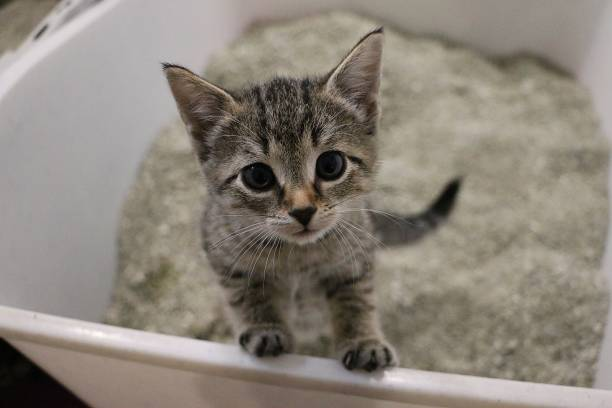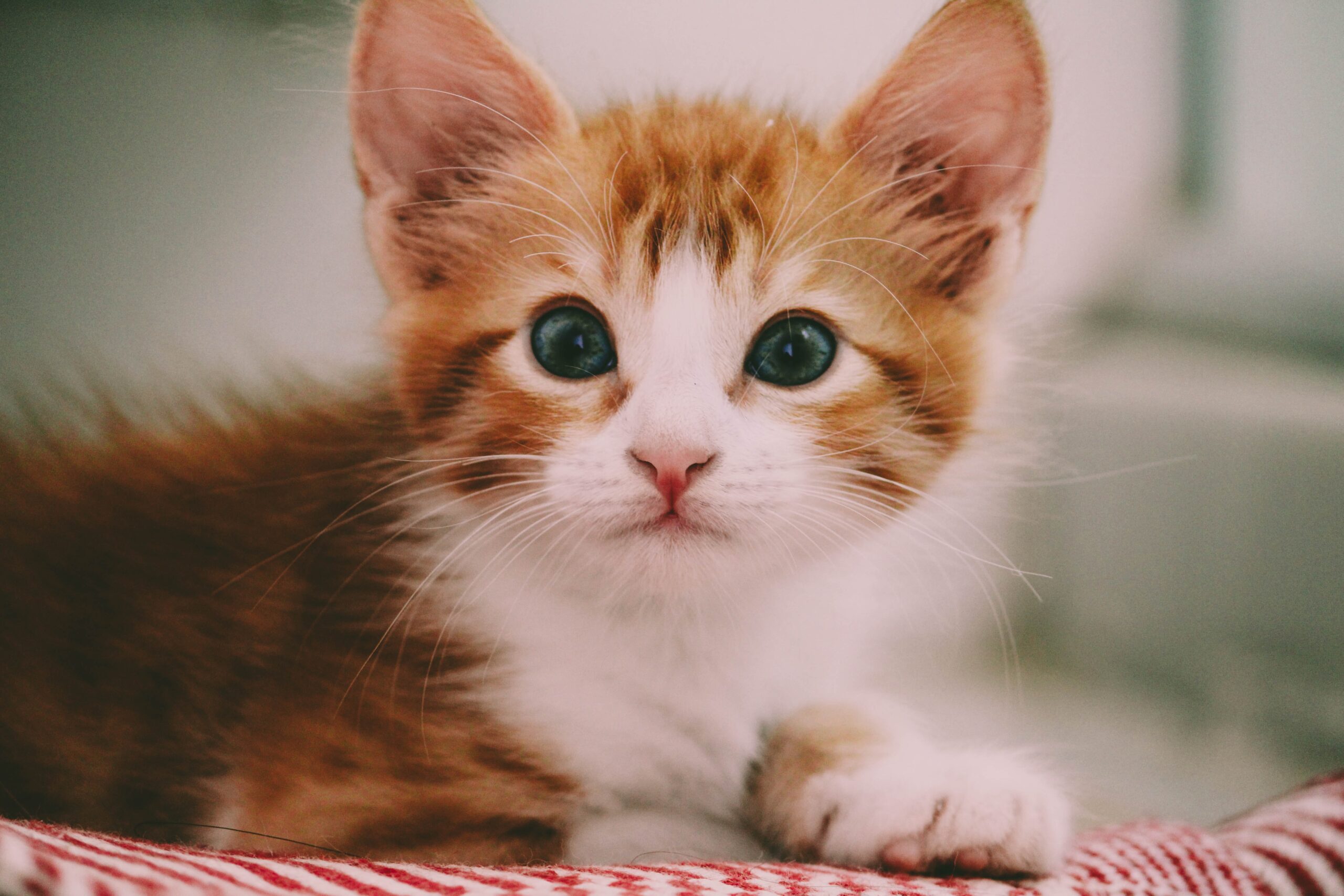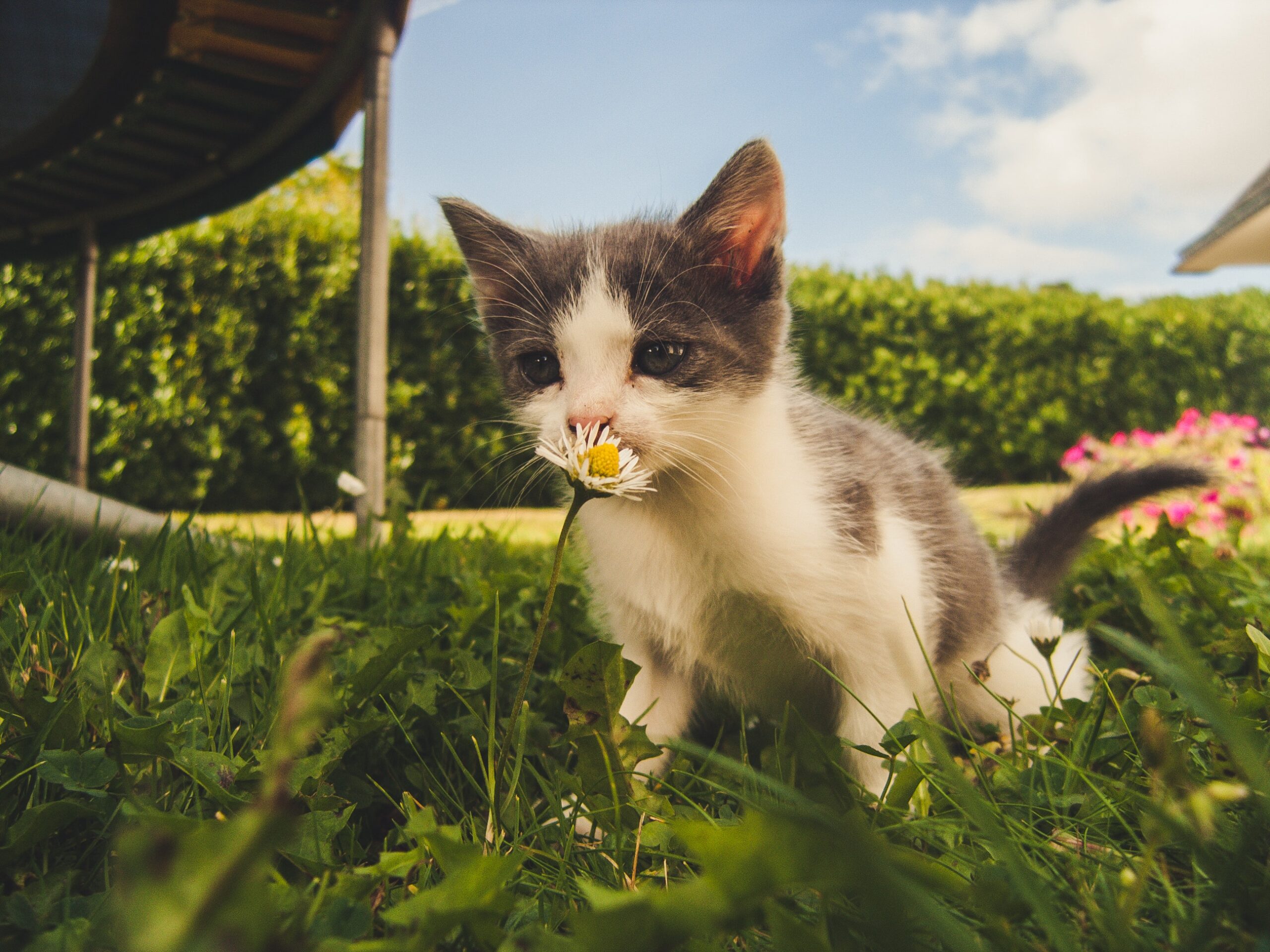Catnip, a fascinating and widely known herb, has captured the hearts of feline enthusiasts worldwide with its intriguing effects on cats. Renowned for its ability to induce playful antics and euphoria in our furry friends, catnip has become a cherished treat for cats of all ages.
In this article, we delve into the science behind catnip’s allure and explore the reasons why it captivates our feline companions. Join us as we uncover the mysteries and delights of catnip’s effects on our beloved cats.
What is Catnip?
Catnip, scientifically known as Nepeta cataria, is a member of the mint family and is native to Europe and Asia. The active compound in catnip is nepetalactone, which binds to receptors in a cat’s nasal tissue and stimulates sensory neurons, triggering playful behavior and reactions. Catnip is available in different forms, including fresh catnip leaves, dried catnip, catnip sprays, and catnip-infused toys, allowing cat owners to offer a variety of experiences to their feline companions.
How Catnip Affects Cats
Catnip elicits a range of behavioral responses in cats, including rolling, rubbing, purring, and increased playfulness. Some cats may also become more vocal or hyperactive after exposure to catnip. The effects of catnip are primarily triggered by the sense of smell. When cats inhale nepetalactone, it binds to receptors in their olfactory system, sending signals to their brain and triggering the characteristic reactions. While most domestic cats are affected by catnip, sensitivity can vary between individual cats and even different breeds. Around 50-70% of cats exhibit a response to catnip, while kittens and older cats may be less responsive.
The Science Behind Catnip’s Effects
Over the years, researchers have conducted numerous studies to understand the mechanisms behind catnip’s effects on cats. These studies have shed light on the interactions between nepetalactone and the feline brain.
When a cat smells catnip, nepetalactone binds to receptors in the cat’s nasal tissue, which then sends signals to the olfactory bulb and the amygdala in the brain. The amygdala plays a significant role in regulating emotions and behaviors in cats. As a result of this neural interaction, cats may exhibit a wide range of responses, from excitement and playful behavior to relaxation and contentment.
While catnip is generally safe for cats, it’s essential to use it in moderation. Too much exposure to catnip can lead to a temporary desensitization, reducing the cat’s responsiveness to the plant over time. Additionally, some cats may become aggressive or possessive over catnip, so it’s crucial to monitor their reactions and provide it as an occasional treat rather than a constant presence. If a cat has a known history of heart conditions or other health issues, it’s advisable to consult with a veterinarian before offering catnip.
Catnip Sensitivity and Tolerance
Just like humans, not all cats are equally sensitive to catnip. While approximately 50-70% of cats exhibit a strong response to catnip, some felines may not react to it at all. This sensitivity is believed to be genetically determined, and certain breeds are more likely to respond to catnip than others. For example, breeds like Siamese and Abyssinians are more likely to be sensitive to its effects, while others may not show any interest.
With repeated exposure to catnip, some cats may develop a level of tolerance. Over time, they may become less responsive to catnip’s effects, and their reactions may diminish or even disappear altogether. This tolerance is reversible, and if catnip is withheld for a while, the cat’s sensitivity is likely to return.
Identifying a cat’s sensitivity to catnip is relatively simple. Offer a small amount of catnip to the cat and observe its behavior. If the cat shows signs of excitement, rolling, rubbing, and playful behavior, it indicates sensitivity to catnip. On the other hand, if the cat shows no interest in the catnip or remains indifferent, it is likely less sensitive to its effects.
Understanding a cat’s sensitivity to catnip can help cat owners tailor their interactions and use of catnip to provide the most enjoyable and beneficial experiences for their feline companions.
Cats’ Genetic Predisposition to Catnip
The genetic aspect of catnip sensitivity in cats is a fascinating topic. Studies have shown that the sensitivity to catnip’s effects is inherited, with specific genes influencing a cat’s response to this aromatic herb. These genes are responsible for the production and reception of certain olfactory receptors in a cat’s nasal tissue.
The active compound in catnip, nepetalactone, binds to these olfactory receptors, triggering a behavioral response in cats. Cats that carry the genetic coding for these receptors are more likely to respond strongly to catnip, while those lacking or having fewer of these receptors may not react at all.
Certain cat breeds have shown a higher predisposition to sensitivity to catnip. For instance, breeds like the Siamese, Maine Coon, and Ragdoll are often more receptive to catnip’s effects. However, it’s important to note that individual variations still occur within each breed, and not all cats within a specific breed may respond the same way to catnip.
Understanding the role of genetics in catnip sensitivity allows cat owners and researchers to delve deeper into the fascinating world of feline behavior and the unique ways in which different cats interact with this beloved herb.
Catnip as an Enrichment Tool
Catnip can be a powerful enrichment tool for indoor cats, providing them with mental and physical stimulation. By introducing catnip in various forms, such as catnip toys, sprays, or fresh leaves, cat owners can create engaging and interactive experiences for their feline companions.
When cats interact with catnip, it often triggers playful behaviors, promoting exercise and activity. Rolling, pawing, and rubbing against catnip-filled toys not only keep cats physically active but also alleviate boredom, especially for indoor cats with limited opportunities for exploration.
To maximize the enrichment benefits of catnip, consider incorporating it into play and bonding activities. Use catnip-filled toys during interactive play sessions or scatter catnip leaves in designated play areas to encourage hunting behaviors. Additionally, offering catnip before grooming sessions can help cats associate grooming with positive experiences, making the process more enjoyable for both the cat and the owner.
By harnessing the power of catnip as an enrichment tool, cat owners can enhance their feline friends’ overall well-being and provide them with hours of entertainment and joy.
Alternatives to Catnip for Cat Enjoyment
While catnip is the most well-known herb that can elicit playful reactions in cats, there are several alternatives that can produce similar effects. Silver vine and valerian root are two examples of herbs that some cats may respond to in a manner similar to catnip. These alternatives can be found in various cat toys and sprays, offering cat owners a range of options to explore based on their cat’s preferences.
Creating a stimulating environment for cats goes beyond just catnip. Cat owners can provide a variety of interactive toys, scratching posts, climbing structures, and puzzle feeders to keep their cats mentally and physically engaged. Rotating toys regularly can also prevent boredom and maintain a cat’s interest in their playthings.
In addition to toys, interaction with the cat’s owner is crucial for a fulfilling and happy life. Regular play sessions, grooming, and cuddle time strengthen the bond between cats and their humans. Moreover, interactive play helps mimic the hunting behaviors that cats naturally engage in, fulfilling their predatory instincts.
By exploring alternative herbs, enriching the environment, and actively engaging with their feline companions, cat owners can ensure that their indoor cats lead stimulating and satisfying lives, even without relying solely on catnip for their enjoyment.
Conclusion
The science behind catnip’s effects on cats is a fascinating area of study. The active compound nepetalactone triggers a range of behavioral responses, making catnip a beloved treat for many felines. Understanding the neurological mechanisms behind catnip’s influence sheds light on the intriguing interactions between cats and this captivating herb.
It’s crucial to recognize that each cat’s response to catnip can vary. While some cats may become playful and excited, others may remain indifferent or show minimal interest. This sensitivity or lack thereof is often influenced by genetics and can change over time due to desensitization.
As catnip can be a powerful enrichment tool, it’s essential to use it responsibly and in moderation. Providing alternative herbs and enriching activities ensures a diverse and stimulating environment for indoor cats. By observing their cats’ reactions and preferences, owners can tailor the experience to maximize enjoyment and well-being.
In summary, catnip remains a wonderful addition to a cat’s life, offering moments of delight and amusement. However, understanding the science behind its effects and respecting each cat’s unique response allows us to create enriching experiences that truly cater to our feline friends’ individual needs and personalities.










